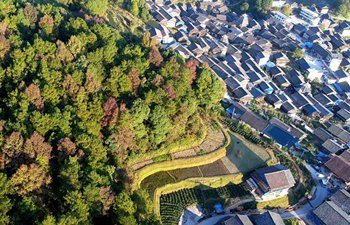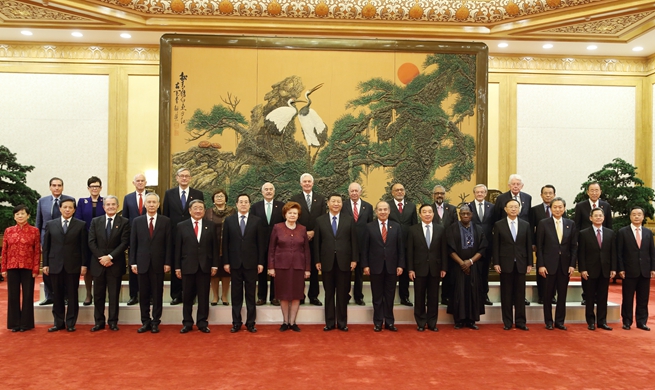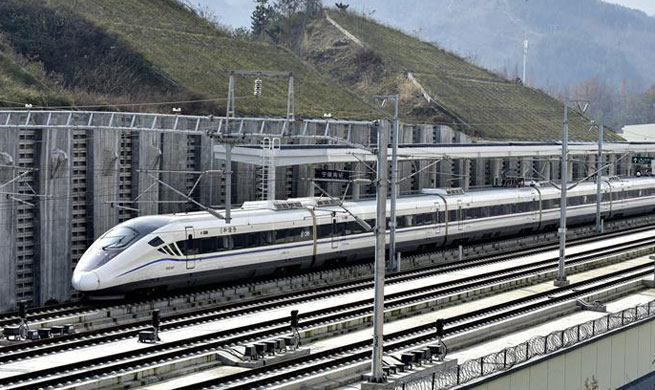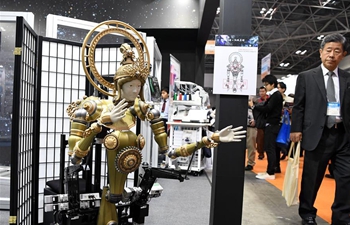SEOUL, Dec. 1 (Xinhua) -- South Korea's headline inflation hit this year's lowest in November, which came after the country's central bank raised its benchmark interest rate for the first time in almost six and a half years, a government report showed Friday.
Consumer prices rose 1.3 percent in November from a year earlier, registering the slowest increase since December last year, according to Statistics Korea.
The headline inflation, which hovered above 2 percent for three months through July, fell below 2 percent in August and continued to decline further.
Despite the falling headline inflation, the Bank of Korea (BOK) lifted its policy rate by a quarter percentage point to 1.5 percent Thursday. It marked the first rate increase since June 2011.
South Korea's economy showed signs of recovery. Exports, which account for about half of the economy, continued to grow for 13 months to November, while the real gross domestic product (GDP) was revised up to 1.5 percent in the third quarter on a quarterly basis.
The International Monetary Fund (IMF) revised up its 2017 growth forecast for South Korea's economy to 3.2 percent, setting the 2018 outlook at 3.0 percent. It was higher than the economy's growth potential, estimated at a range of 2.8-2.9 percent.
Despite the recovery signs, demand-side inflationary pressure was still weak. Core consumer prices, which exclude volatile agricultural and oil products, added 1.2 percent in November from a year earlier.
The OECD-method core prices, which exclude volatile food and energy costs, gained 1.4 percent on a yearly basis.
Given the soft demand-side inflationary pressure, the BOK was expected to raise its policy rate in a gradual manner down the road. One of the seven-member BOK policy board opposed the November rate hike, indicating the slow tightening of monetary policy.
The slower consumer price inflation was mainly attributable to cheaper vegetables and a lower city gas price, but those factors were offset by higher oil product prices and more expensive fishery products.
Vegetable prices tumbled 14.6 percent in November from a year earlier due to increased crop of napa cabbage and white radish.
It marked the fastest fall since August 2014, pulling down the overall headline inflation by 0.26 percentage points.
Fisher product prices gained 0.7 percent on reduced catch of squid. Prices for electricity, tap water and natural gas retreated 6.7 percent, lifting the headline inflation by 0.28 percentage points.
Higher crude oil prices bolstered oil product prices, which gained 8.2 percent in November from a year ago.
Lifted by higher oil product prices, industrial goods prices gained 1.4 percent, lifting the consumer price inflation by 0.46 percentage points.
Services prices, which include rent and private and public services, advanced 1.8 percent in November, raising the overall inflation by 1.02 percentage points.
The so-called livelihood prices, which reflect daily necessities, added 1.3 percent in November, marking the lowest since December last year.
Fresh food price index, which reflects fresh vegetable and fruit, fell 2.5 percent as fresh vegetable prices tumbled 14.8 percent. Fresh fruit prices increased 6.6 percent.

















